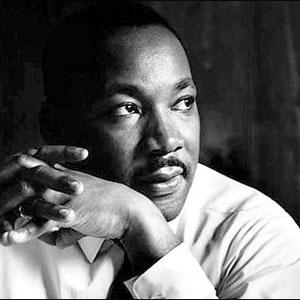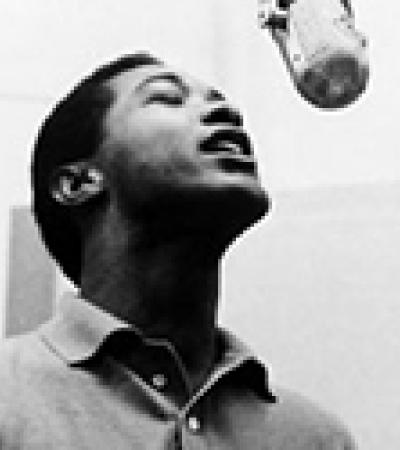This month, EDSITEment remembers Dr. Martin Luther King Jr., explores President Lincoln’s Emancipation Proclamation, offers lessons for teaching civics through stories, celebrates the Chinese New Year, looks back at 1968, and takes a trip through the looking glass.

Martin Luther King Jr.
On the third Monday of January, Americans celebrate the life and achievement of one of our most respected citizens—Martin Luther King Jr. Dr. King was a leading force in the drive for civil rights in the United States, and he showed through words and actions that non-violent, persistent activism can achieve tremendous results by appealing to the moral conscience of Americans. “I Have a Dream: Celebrating the Vision of Martin Luther King Jr.” has a number of resources, activities, and lesson plans to help teachers, students, parents, and caregivers understand the impact Dr. King had—and continues to have—upon our country and the global efforts towards peace and civil rights.
The Emancipation Proclamation
While the Civil War began as a war to restore the Union, not to end slavery, by 1862 President Abraham Lincoln came to believe that he could save the Union only by broadening the goals of the war. The Emancipation Proclamation is generally regarded as marking this sharp change in the goals of Lincoln’s war policy. Under his authority as the Commander in Chief, President Lincoln proclaimed the emancipation, or freeing, of the enslaved African Americans living in the states of the Confederacy that were in rebellion.
The Proclamation was, in the words of Frederick Douglass, “the first step on the part of the nation in its departure from the thralldom of the ages.” Through examination of the original document, related writings of Lincoln, and little-known, first-person accounts of African Americans during the war, “The Emancipation Proclamation: Freedom’s First Steps” explores the obstacles and alternatives we faced in making the journey toward “a more perfect Union.”
Ten Stories that Teach Civics
How can we produce citizens who are thoughtfully and knowledgeably attached to our country, devoted to its ideals, and eager to live an active civic life? Studying our documents and learning our history can surely help. But stories are even better. Over the course of this year, EDSITEment will be showcasing a series of innovative lessons that use classic American short stories to teach civics in “The Meaning of America: A New Approach to Civic Education.”
“The Meaning of America” is a new curriculum for civic education developed by Leon R. Kass, M.D., Addie Clark Harding Professor Emeritus in the Committee on Social Thought and the College at the University of Chicago, and Amy A. Kass, Senior Lecturer Emeritus College of the University of Chicago. It is based on the anthology What So Proudly We Hail: The American Soul in Story, Speech, and Song, which takes a literary approach to making citizens—one centering on stories and supplemented by great public speeches and patriotic songs.

Chinese New Year
The Year of the Dragon arrives on January 23. Occupying the fifth position in the lineup of “Animals of the Chinese Zodiac,” the Dragon is the mightiest of the signs … a symbol of power and strength as well as good luck! Also check out “Lions, Dragons, and Nian: Animals of the Chinese New Year” to find out why dragons are included in Chinese New Year parades and more.
The 1968 Exhibit
As we usher in 2012, we ask: Is America likely to repeat events that transpired back in 1968, a turning point for a generation coming of age and a nation at war? Travel back through this NEH-funded 1968 timeline to find out more about the relentless, culture-shifting, life-changing, and memory-stamping events of that year.
Alice in Wonderland
“Oh dear! Oh dear! Don’t be late!” Take “A Trip to Wonderland: The Nursery Alice,” back to Victorian “Childhood Through the Looking Glass,” and then “Size up Alice!” with EDSITEment’s updated Alice in Wonderland collection.



